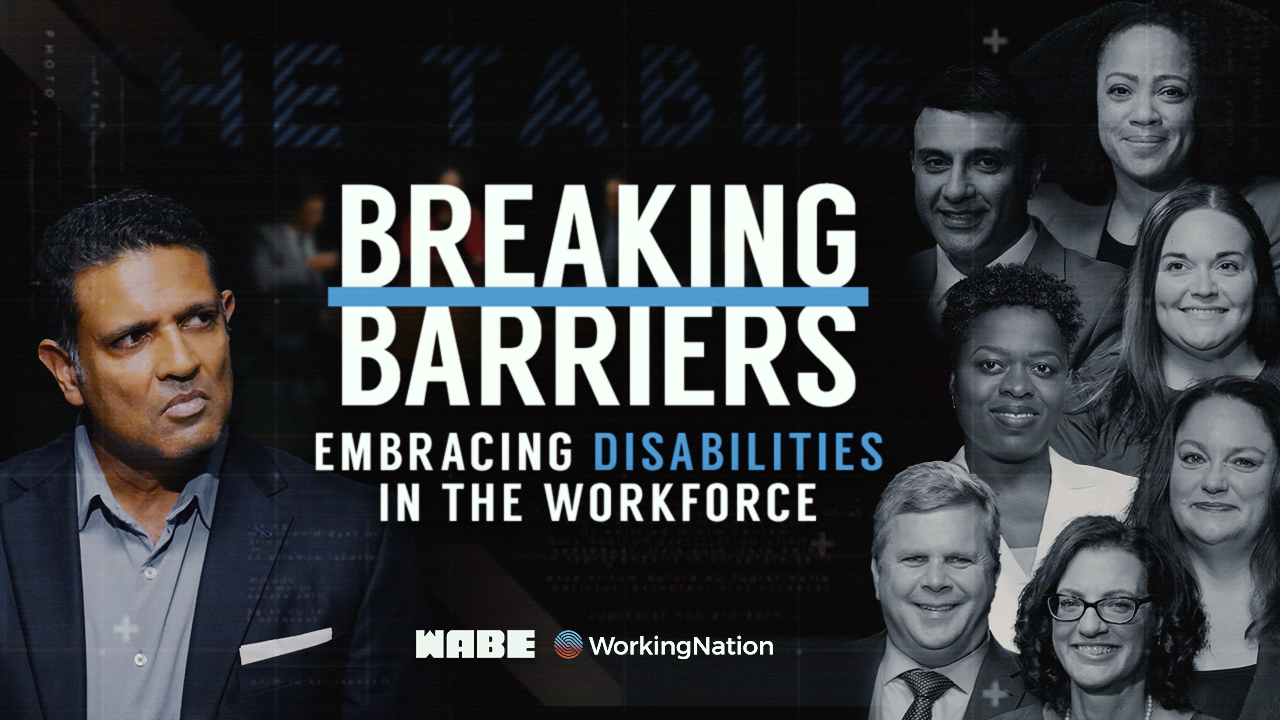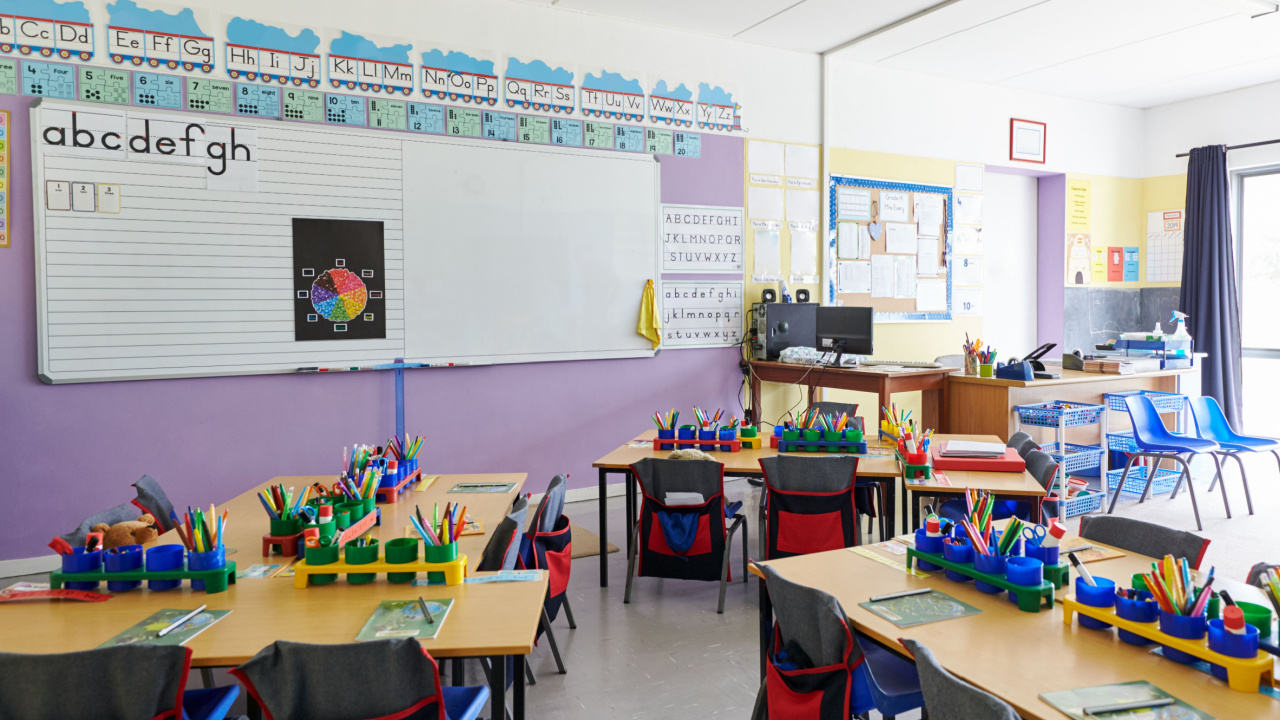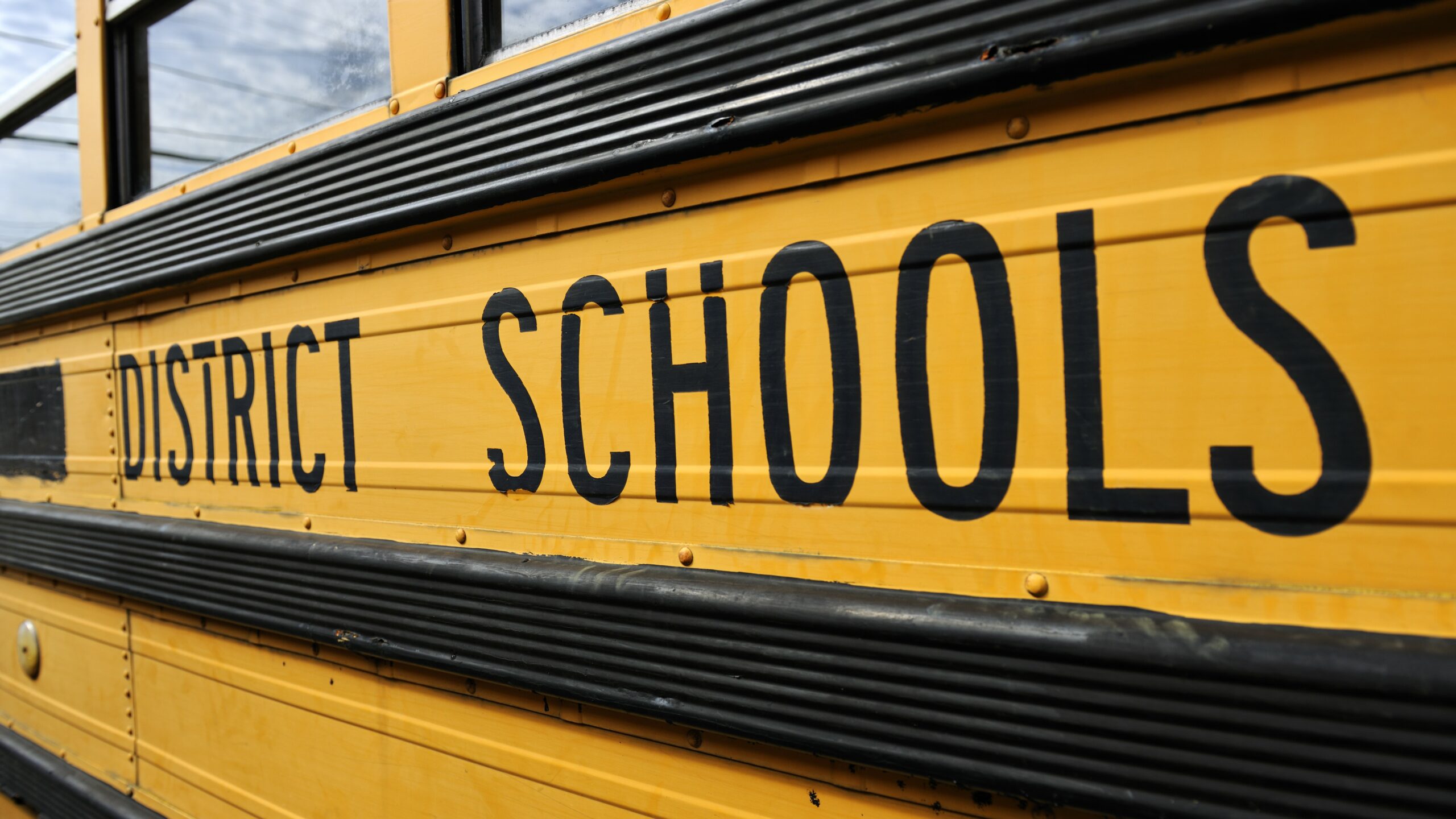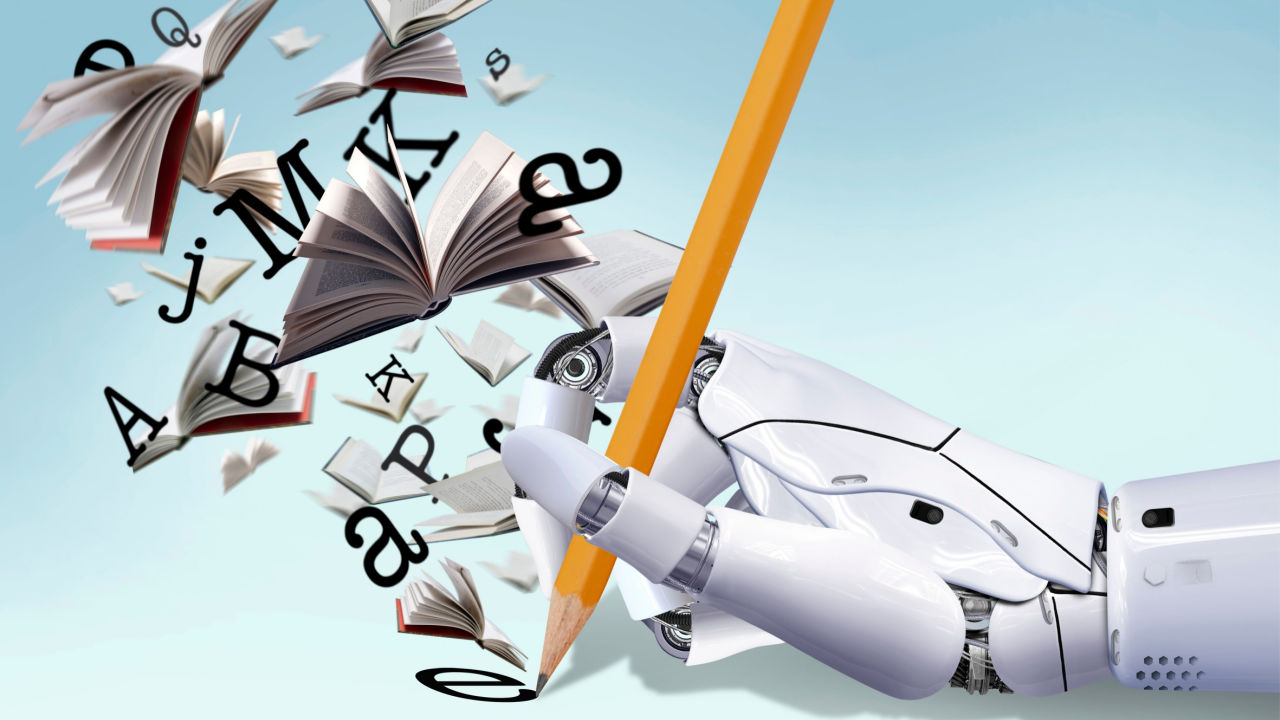
We are two of the lucky ones. We both found careers that we love and are passionate about. However, sometimes, we can’t help but daydream about the roads we didn’t take. What could’ve happened if we were exposed to real-world work experiences while we were still in high school, or even earlier?
We suspect many high school seniors who are filling out college applications, as well as new college freshman staring at four more years of education, are asking themselves a similar question right now.
Unfortunately, college is the time when many students realize they aren’t as interested in the career they originally chose or dreamed of. And, for students paying their own way through college — as some 45 million Americans do in at least some part — a setback like this could be devastating. So much so that — even after investing thousands of dollars into a degree program — it could drive them to drop out of college altogether.
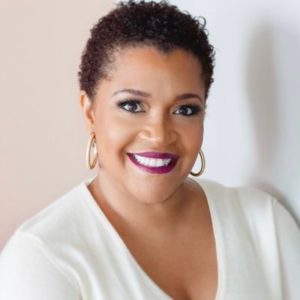
We can prevent this from happening by providing students with career exposure earlier in their education, even as early as elementary and middle school. You cannot aspire to something you don’t know exists. Every student should have access to career-ready insights beyond the walls of their classroom. And today’s 21st-century technology makes this a reality.
When educators work in conjunction with private-sector partners and use tech-driven career readiness tools, they can reach and uplift students from any community and all socioeconomic backgrounds by connecting them to new people, places, and possibilities.
Early on, students are encouraged to pick between college and career readiness. But this is a false choice. We need to let go of the long-held misconception that a bachelor’s degree is the only ticket to a successful career. Instead, we need to encourage students to explore and interact with diverse working professionals and potential employers well before they enter college, vocational training or the workforce.
Specifically, we can do this by enhancing our use of online platforms and video conferencing to virtually bring a community of industry experts into K-12 classrooms. This allows professionals — whether they are software engineers, graphic designers, robotics professionals, welders, cosmetologists and more — to share what they and their colleagues do, show students what their workplaces look like, and explain the training or education that’s required to enter their field or company.
Students can ask questions, and build relationships that could lead to job opportunities. At the very least, it opens their minds to new possibilities.
Virtual student-professional interactions like this benefit students of all backgrounds — particularly students from rural and underserved communities. These students may not live in an area where jobs in their area of interest are common or accessible; online engagement could break down this geographic barrier.
These relationships benefit industry as well. With a skills gap reportedly leaving 46 percent of U.S. employers unable to find the skilled workers they need, there is an opportunity to introduce them to tomorrow’s talent. When the private sector captures students’ attention early, they increase their odds of attracting future workers while building a talent pipeline for years to come.
We already have the 21st-century technology to bridge the gap between the classroom and the workplace, and more importantly to close the divide between the haves and the have-nots. All we need is for educators and employers to better utilize these tools. When they do, we can finally feel confident that as high schoolers walk across the stage to get their diplomas, they are also walking into a world of opportunities they’re prepared to grasp.
Sabari Raja is co-founder and CEO of Nepris.
Leilani M. Brown is senior vice president of Strategic Partnerships and External Engagement at K12.


